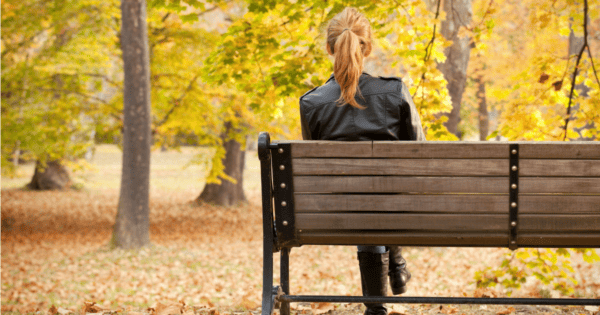
By Postdoctoral Fellow, Ribeirão Preto Medical School, Universidade de Sao Paulo.
As a recent New Yorker article put it, ayahuasca is “the drug of choice for the age of kale”.
The article, which positioned ayahuasca as a hipster trend in a tone of mockery mixed with mystification, nevertheless belies the growing interest of Western scientists and rich urbanites in its medicinal and therapeutic potential, which include antidepressant, anti-anxiety and anti-addiction elements.
Does the science support the hype? As part of a small cohort of Brazilian scientists undertaking the world’s first clinical trials on ayahuasca and treatment-resistant major depressive disorder, I’m here to say: maybe, but it’s too soon to tell. (Post continues after video.)
Sacred plant, sacred medicine.
First, some background, which is key to understanding how ayahuasca is perceived as both a sacred plant and medicine.
This idea is shared by indigenous groups, vegetalistas (healers that use plants to treat disease), and Brazilian religions such as the Santo Daimeand the União do Vegetal, which blend Catholic, indigenous, and Afro-Brazilian beliefs.
In the indigenous context, ayahuasca is used to contact the supernatural world, the realm of the jungle spirits, who are called on to bring peace, happiness, and good health – or harm and disease.


Top Comments
My friend travelled to Peru a few years ago to do this. She spent a week in the jungle fighting mosquitoes and using drop toilets. The ayahuasca ceremonies were every couple of nights, and she said she did have the life-changing experiences described...but what this article has left out is the huge amount of nausea and vomiting you experience immediately after ingesting it. The majority of the participants would projectile vomit for quite a while before the drug took effect!